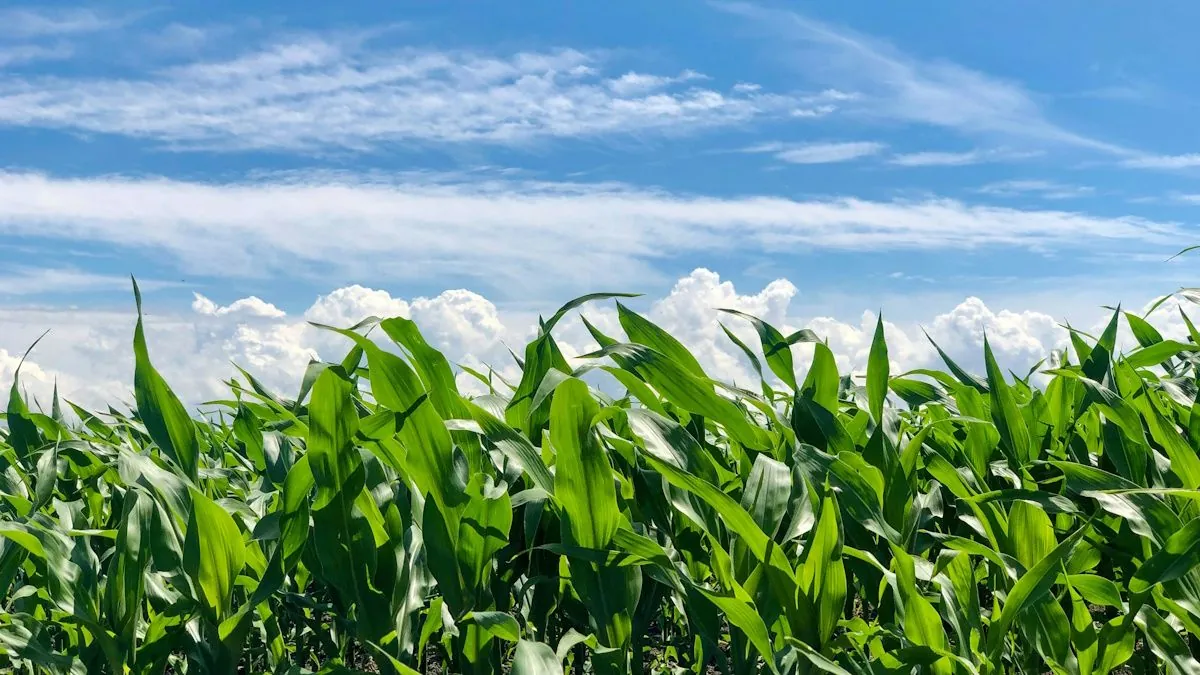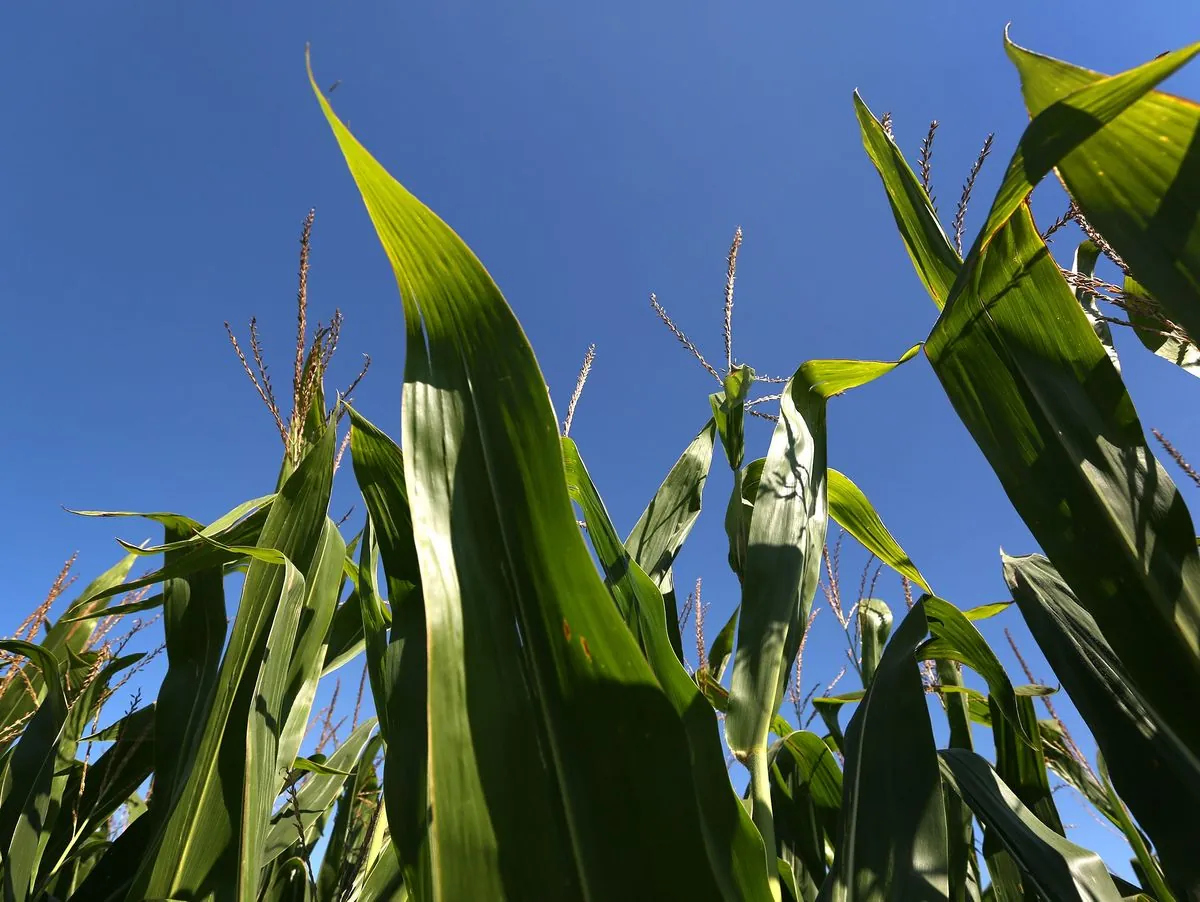Climate Change and Agriculture Intensify Midwest's 'Corn Sweat' Phenomenon
The Midwest's 'corn sweat' phenomenon, a humidity spike caused by corn plants, is intensifying due to climate change and increased corn production. This trend affects regional weather patterns and raises environmental concerns.

In the heart of America's Corn Belt, a unique meteorological phenomenon known as 'corn sweat' is becoming increasingly noticeable. This late-summer humidity spike, caused by corn plants cooling themselves, is a familiar occurrence to Midwestern residents. However, climate change and agricultural expansion are amplifying its effects, creating a stickier and more uncomfortable environment.
Barb Boustead, a meteorologist and climatologist, first encountered the concept of corn sweat upon moving to Nebraska approximately two decades ago. She found herself surrounded by vast cornfields, where this phenomenon was common knowledge among locals. The term refers to the process of evapotranspiration, where corn plants release water vapor into the atmosphere as part of their natural cooling mechanism.
Climate change is exacerbating this effect in several ways. Rising temperatures, particularly warmer nights, allow the atmosphere to hold more moisture. Additionally, changing growing conditions have enabled farmers to expand corn cultivation northward, increasing the total corn acreage in the United States. This expansion is partly driven by the demand for ethanol, with over 40% of U.S. corn now used for biofuel production.

The combination of these factors results in more plants working harder to stay cool, releasing additional humidity into the air. This effect is particularly pronounced in the Midwest due to the region's concentration of corn production and the synchronous timing of the plants' evapotranspiration stage.
"Corn does most of its evapotranspiration in July, rather than August. Soybeans tend to produce more vapor than corn in August."
While corn sweat is a well-known phenomenon, its relationship with climate change requires further study. Factors such as rainfall patterns, crop varieties, and cultivation methods all play roles in the process. However, Lew Ziska, an associate professor of environmental health sciences at Columbia University, asserts that warmer conditions inevitably lead to increased transpiration.
The environmental impact of corn production extends beyond local humidity levels. The growing demand for corn-based ethanol contributes to increased cultivation and, consequently, to greenhouse gas emissions. This creates a feedback loop where the very crops used to produce alternative fuels may be intensifying the climate changes they aim to mitigate.
As the largest producer and exporter of corn globally, the United States plays a significant role in this agricultural-climate dynamic. Corn, scientifically known as Zea mays, is a versatile crop used in over 4,000 different products and grown on every continent except Antarctica. Its importance in agriculture, industry, and energy production underscores the need for sustainable farming practices and careful consideration of its environmental impact.
The 'corn sweat' phenomenon serves as a tangible reminder of the complex interactions between agriculture, climate, and human activity. As research continues, finding a balance between corn production, ethanol demand, and environmental sustainability remains a crucial challenge for the future of Midwestern agriculture and global climate efforts.


































